KATE VON DIERK from Paranormal Exeter wonders if paranormal research and science can be used in the same sentence…
“The paranormal can best be thought of as a subset of pseudoscience.”
So says Wikipedia. But I’m not entirely sure this is a fair way to categorise the subject.
I want to put the wealth of documented evidence, and hundreds of years of personal experiences and beliefs, just over to one side for minute, and concentrate on the way we look at modern paranormal research. Many of paranormal’s harshest critics dismiss the whole concept on the basis that the way we go about investigating is not particularly scientific, in the typical and established methods of laboratory and field research. Consistent observations, control groups, repeatable and recreatable cause and effect – all things it is hard to do in paranormal – and so the whole idea of paranormal is tossed out as shash because it can’t stand up to scientific scrutiny.
But perhaps this is unfair.
Despite the paranormal being observed thousands of years back into history, dyed into religion and culture, and part of our consciousness even in modern times, paranormal research has only gone high tech in the last few decades. It is a new field of intrigue (notice I’m avoiding calling it “science” already) and like medicine, weaving, radio, and other things that took centuries to develop, it has to start with a lot of “scratching about in the dark” and that, as fast as we would like to shove things along, is the stage we are at in paranormal research.
We don’t know yet how to pick up on what mediums pick up on, we don’t know what type of transceiver we can use to switch on, tune in, and talk directly to the paranormal like we would talk to someone in front of us. We have some people and some devices, from EMF to Ouija, that can go some of the way, but the paranormal still needs to come to us as well. EVP is paranormal coming to us. Channeling is paranormal coming to us. Ouija is paranormal coming to us. Audible footsteps are paranormal coming to us. It all has to come to us. Save for a few devices, almost all of paranormal is this way. Scientific studies of other phenomena, or of biology, plant life, forensic sciences, and just about every other science, we can visit and interact, because we share a physical world with it. We can go to it. While we can go to haunted places, the words “is there anyone there? Two for yes, one for no” still echo in almost every Most Haunted episode. We haven’t even reached the point where our equipment can reliably locate a spirit, certainly not without it being in direct contact with us.
But, it’s not just the lack of direct communication equipment that flags paranormal as unscientific to many. Paranormal is, like anything (including science) subject to universal chaos. Humans are too, and this is why humans can be unpredictable. Catch me with some trivial stuff on a bad day and I might speak my mind. Wake me up with pizza delivery, and we’re probably going to get along much better.
How “scientific” is this?
Perhaps one day I’ll be trying to sleep after a night of lockdown, and sending me pizza at 9am might be really annoying. Sometimes trivial stuff will take my mind off a bad day. It’s usually predictable. Sometimes it isn’t. It can’t be quantified in the kind of scientific parameters that those who dismiss paranormal will uphold, to disregard the phenomena, and the ever-growing body of evidence for it. We can’t forget that when we go out performing field research in the paranormal, we’re dealing with beings as irrational as ourselves. Potentially more irrational. Would you behave with scientific predictability if you were cold, dead, a spirit, and were trying to scream through messages to people who can barely pick up on you?
So, we’re using rudimentary equipment that doesn’t tune right in to spirits, and we’re using it to pick up on irrational beings. How scientific can we even be with this? Would it be unfair to demand that our experiments stand up to mathematical levels of accuracy? To ask that it does seems so, and to expect that it can, at this relatively early stage of developing technology, is in itself ignorant of scientific development processes.
The most exciting phrase to hear in science, the one that heralds new discoveries, is not “Eureka!” but “That’s funny …” — Isaac Asimov
To toss out the concept of paranormal is also often to deride those that research it. While the equipment currently available is still developmental, paranormal research is full of brilliant minds. While I am not one of them, still I always find myself investigating methodically and logically beyond reasonable reproach, using documented real events together with paranormal research, gathering evidence to verify other evidence, and very little in the way of speculation; this is about as scientific as it is currently possible to be in paranormal. The likes of Adam Berry and Amy Bruni (Kindred Spirits) bring to broadcast methods very similar to my own. Bright, intelligent, and rational thinkers both, they themselves add great credibility to the field of paranormal. Like myself, they do what is necessary in paranormal at this point in time, which is not to be ruthlessly scientific, and chuck out anything that doesn’t slot into established physics. It’s to work with a method that embraces something very important:
We’re not running scientific tests. We’re talking to people.
KATE VON DIERK is the lead investigator and equipment technician for Exeter Paranormal. Follow Exeter Paranormal on Facebook.

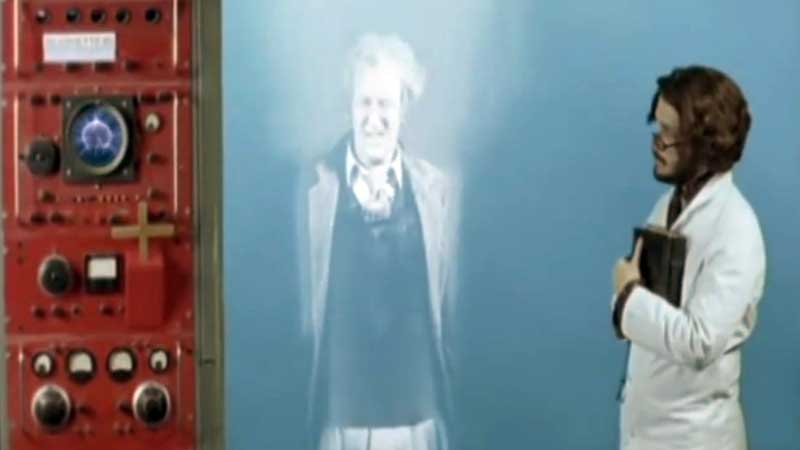
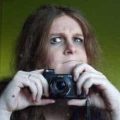
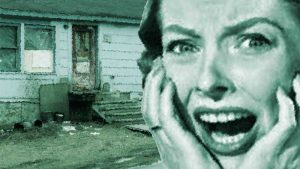
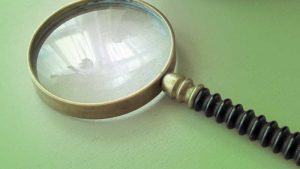
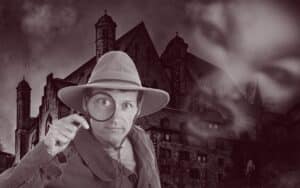
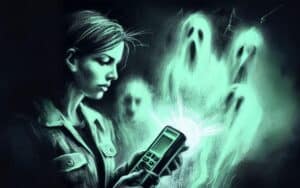

I agree – talking to people is the only way to do a true investigation.